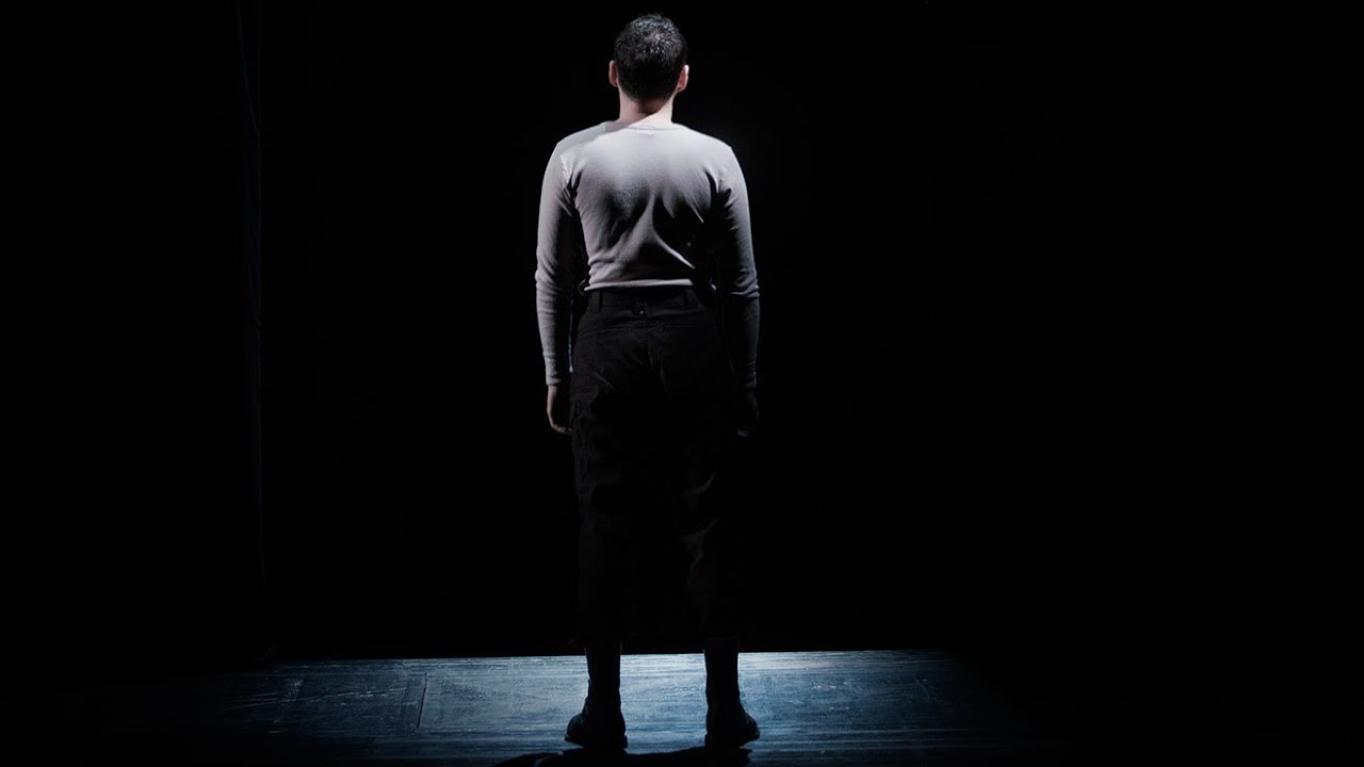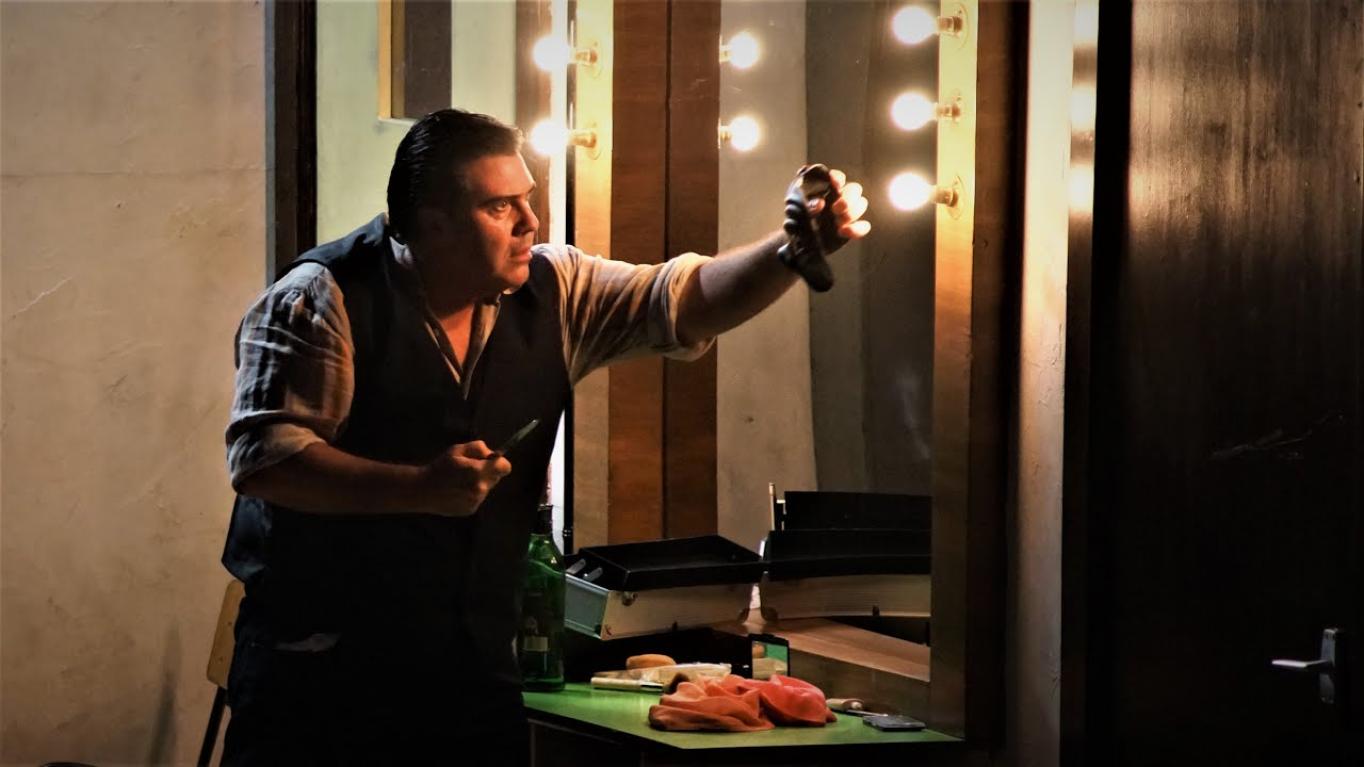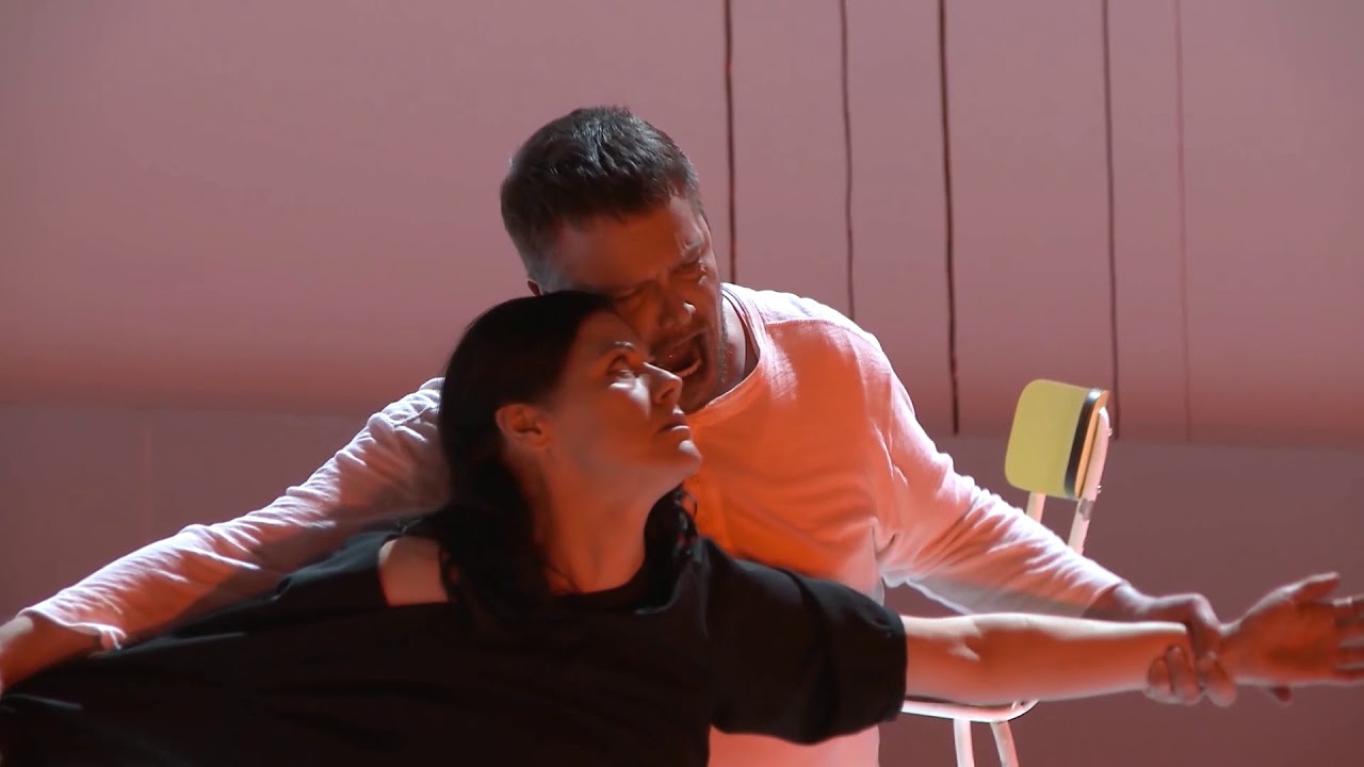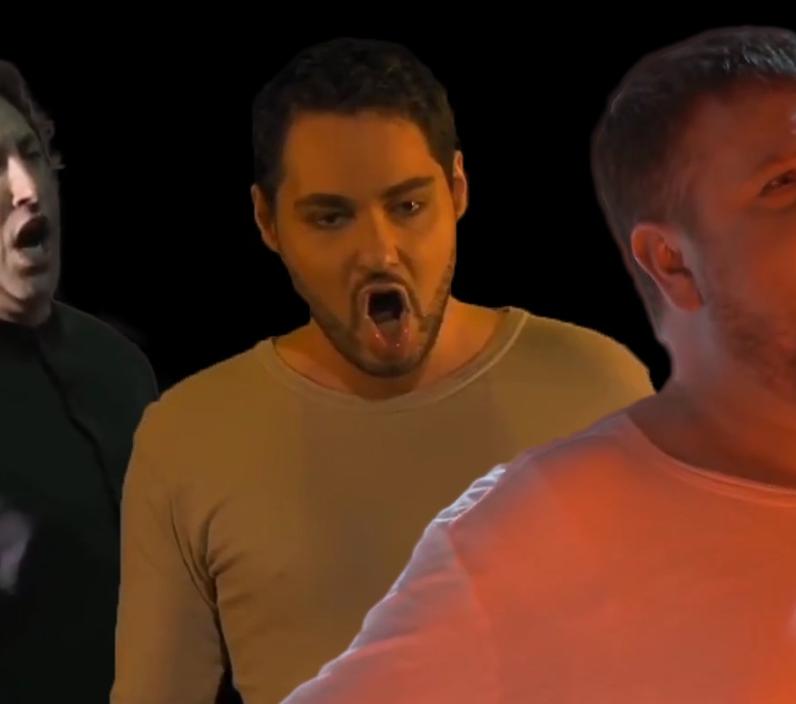

Four types of tenor
Tenors in opera frequently take the leading male role; they are said to always get the girl - on and off stage! The tenor’s vocal range goes from the C below middle C to the C above middle C. Striking these high notes crisply and cleanly is a challenge for many tenors.
One of the pinnacles of high tenor singing comes in Puccini’s Turandot in the aria ‘Nessun Dorma’ (‘None shall sleep’). Princess Turandot declares she will marry the prince who succeeds in solving her three riddles. After successfully solving them, Calaf proposes that she should answer a riddle in return: if Turandot can find out his real name before the sun rises he will gladly die, otherwise the princess must marry him.
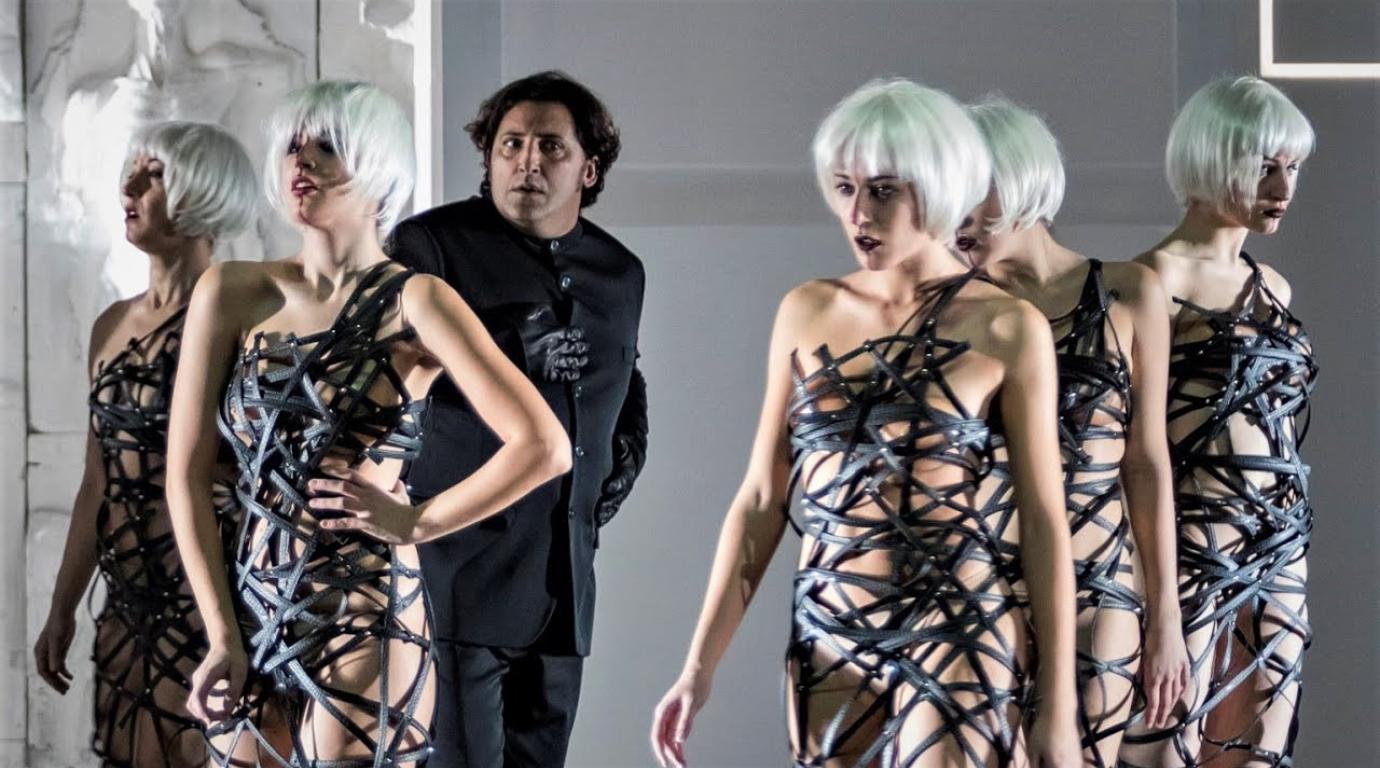
What's a tenor?
While tenors may all share the same vocal range, the quality of their voices in the lower and upper ends of that range can differ. Some tenor voices float and are more comfortable singing high notes while others are heavier and so more expressive lower down. Given these variations, several subcategories for the tenor voice exist. Here are four of them.
Lyric
Warm, bright and capable of hitting the highest tenor notes with ease, lyric tenors get some of the most charming operatic roles. A fairly broad category, these singers can range in tonal colour, some much darker and fuller with others lighter and brighter. The title role of Les Contes d'Hoffmann by Offenbach is one example of a lyric tenor role.
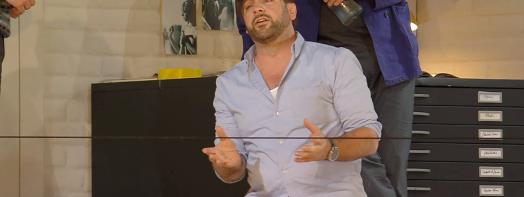
Here is an excerpt from Dutch National Opera's production, staged by Tobias Kratzer. John Osborn, a tenor par excellence, plays the hapless poet Hoffmann.
Spinto
Similar to the lyric tenor in range, a spinto tenor has more lift, particularly towards the higher notes. Spinto roles are far tougher to sing than they appear. The heroic Verdi roles are full of traps for tenors, including that of Radames in Aida. His romanza ‘Celeste Aida’ is a formidable challenge, which is deftly handled here by Ivan Defabiani.
Dramatic
Big, emotive and powerful, dramatic tenors are usually spared the blushes of trying to hit a string of high notes but must project a rich sound against powerful orchestral forces. They are one of the rarer tenor types. Leoncavallo’s opera Pagliacci features a dramatic tenor role in the form of Canio, the leader of a troupe of comic actors. In his aria ‘Vesti la giubba’ he prepares to wear his clown costume having just discovered that his wife has been unfaithful.
Heldentenor
Translating as ‘heroic tenor’, this vocal type was created with Wagner’s collection of tenor roles that require weight and a dark quality. Heldentenor roles are massive, requiring the singer to sustain a powerful sound over enormously long periods, which makes the roles nearly unsingable. Wagner created a good dozen of these roles but perhaps the most demanding are Siegfried in the Ring Cycle and the title role of Parsifal. In ‘Amfortas! Die Wunde!’, Parsifal cries out in pain after kissing the wild woman Kundry.
